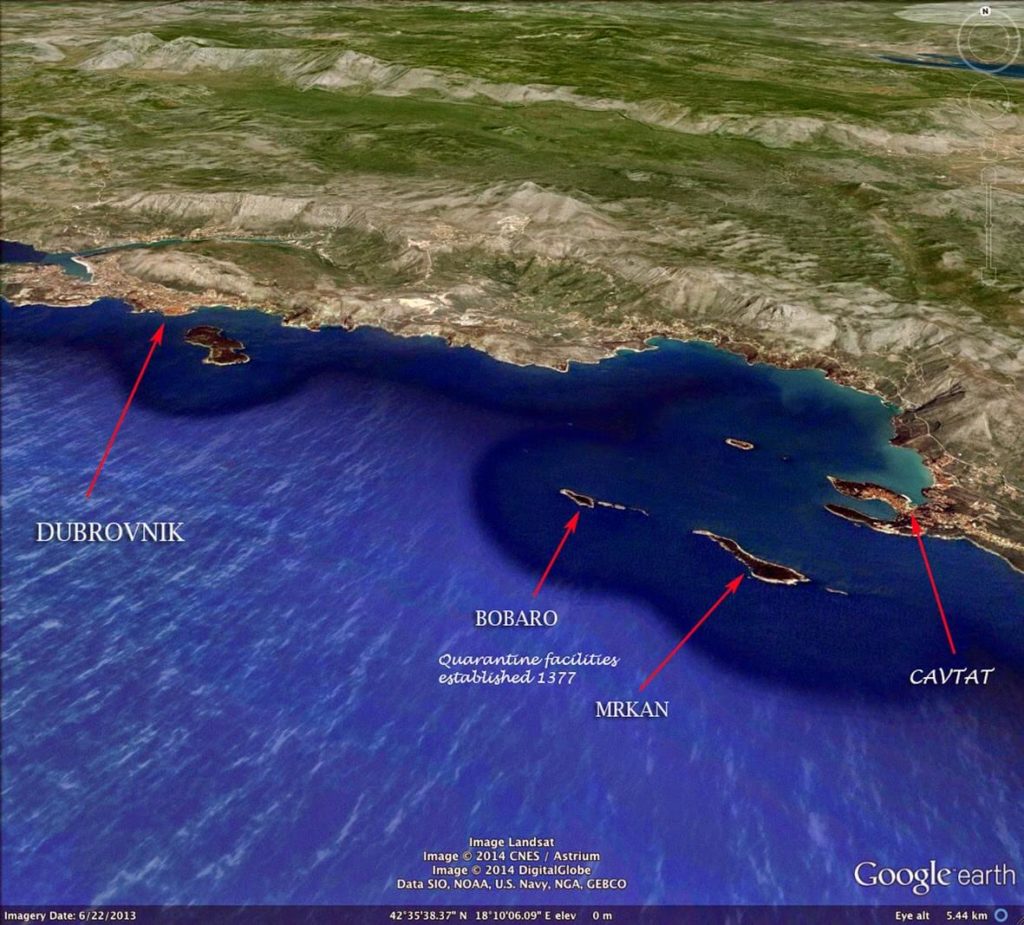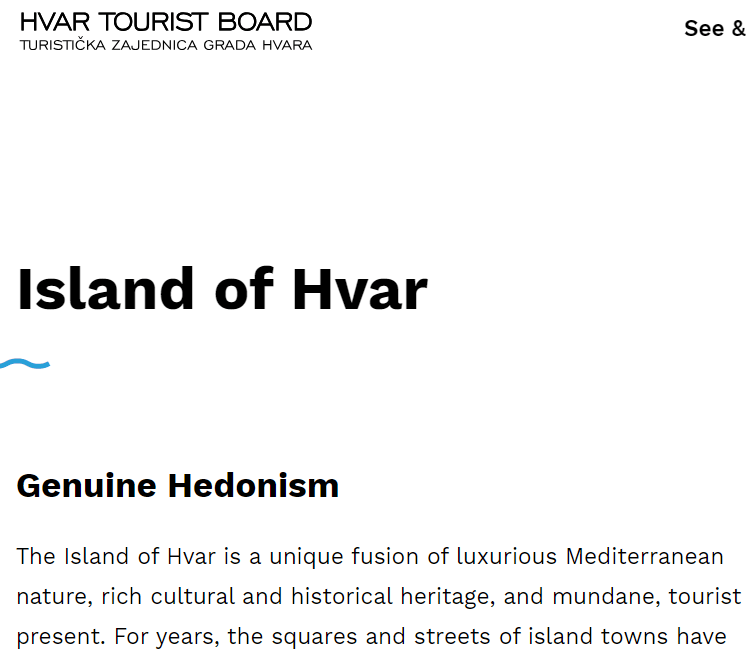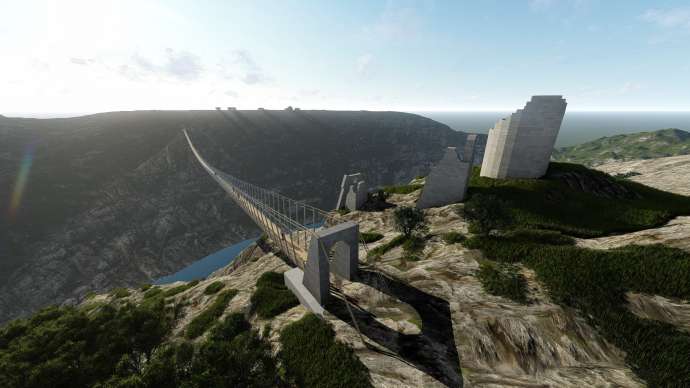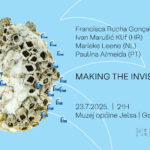March 11, 2019 – TCN launched its new “Croatia in 100 Pages” information website earlier today, the culmination of weeks of research for this foreigner, who has still plenty to learn about Croatia after all these years.
Ever since I bought a house on a Dalmatian island I still can’t pronounce properly and had never heard of 48 hours before the purchase, Croatia has been a voyage of discovery for me. It is almost 17 years since I bought that first house on Hvar, and yet the journey of learning new things never ends.
I had no idea, for example, that my adopted island was the sunniest in Europe, had the oldest public theatre in Europe, had more UNESCO heritage than any island in the world, and was also the birthplace of organised tourism in Europea way back in 1868. And as with Hvar, so too Croatia. It was quite a discovery to learn that the oldest continuously inhabited town in Europe is in eastern Croatia, and that the famous American Zinfandel grape actually comes from just outside Split. The list of incredible things I have learned over the years goes on.
But, after 17 years here, researching our new Total Croatia site has been a real education. The aim of the site is to answer the questions people are Googling, providing the best and updated tourist advice in a small and easily navigable way.

And there were many discoveries along the way – none perhaps as spectacular as those early discoveries of the country which gave the world Nikola Tesla, the tie and the pen, for example. But more than enough for an article looking into the top 10 things I learned so many years after I arrived.
1. There is a Croatian island connected to the mainland by train
Croatia has more than 1,000 islands – from 1,185 to 1,244, depending on who you speak to – but did you know what one of them is connected to the mainland by train?
Which one? The answer is a little below.
2. Laminate flooring was invented by a Croat
Ask any local about the famous inventions which had Croatian origins, and you will hear about the genius of Tesla, the tie, the pen and the parachute, to name but a few. But did you know that laminate flooring was also on the list?
Sweden is the European king of home furnishings thanks to IKEA. So it is perhaps no surprise that the invention of laminate flooring came from Sweden back in the 1970s. But the man who invented it was Swedish Croat, Darko Pervan. Want to know more about famous Croatian inventions?
3. The last legal Roman Emperor (and it wasn’t Diocletian) was killed in Split
If you put Split and Roman Emperor in one sentence, the obvious association is Diocletian. However, he wasn’t the only one. On April 25, 480 the last legal Emperor of the Western Roman Empire Julius Nepos was killed on the streets of Diocletian’s Palace. There is even a street bearing his name and a mural with his biography, as an example of citizens’ taking a step ahead of authorities in preserving the city’s heritage. Julius Nepos ruled from 474 to 475 when he was overthrown and 12-year old Romulus Augustulus appointed. Nepos fled to Dalmatia. However, Romulus was never recognised by the Emperor at Constantinople who never stopped to consider Nepos only legal ruler of the west. Julius Nepos continued to rule in Dalmatia as Emperor, until he was killed by his own soldiers.
Read more of Ivica’s Profaca’s excellent 25 things to know about Split.
4. Two of Croatia’s most visited museums are in a region which attracts very few tourists – eastern Croatia
Croatia has some incredible museums, and you would think that the most popular ones are in the tourist hot spots of Zagreb and the coast. While that is true, I was surprised to learn that two of the top 10 include two off the main tourist trail in eastern Croatia – the Vukovar Hospital 1991 Memorial Site and the Vucedol Culture Museum. The explanation, certainly for the former, is that all 8th-graders visit the Hero City as part of their education. Check out which museums made the top ten.
5. The practice of quarantine began in Dubrovnik

Quarantine was first introduced in 1377 in Dubrovnik on Croatia’s Dalmatian Coast, and the first permanent plague hospital (lazaretto) was opened by the Republic of Venice in 1423 on the small island of Santa Maria di Nazareth. Learn more.
6. Slavoljub Penkala did a lot more than invent the pen
Born in Hungary in 1871, Eduard Penkala moved to Zagreb in the kingdom of Croatia-Slavonia at the turn of the century. He decided to become a naturalised Croat out of loyalty to his new homeland. He also took the name Slavoljub (slavophile).
Penkala was prolific, and among the Croatian inventions he gave the world, he is most famous for the first mechanical pencil in 1906, as well as the first solid-ink fountain pen in 1907. He was a partner in the Penkala-Moster Company, which was one of the biggest pen and pencil factories in the world.
Penkala’s genius extended far beyond pens. He built the first Croatian aircraft in 1910, which was the first to take off from Zagreb’s first ever airport. Among the 80 patents he held, other inventions included the hot water bottle.
7. Croatia has an international airport with a website which is not even in English
Followers of TCN will know that one of my pet hates are the terrible official websites of so many businesses and official bodies. Because I spend so much time online researching, they take up a larger part of my life than the average person.
My expectations have become a lot lower in recent years, but surely one has the right to expect an international airport to have its website at least in English? No bother, help is at hand with the Total Croatia guide to Osijek Airport.
Although, on reflection, perhaps it is not such a bad thing that the website is in Croatian only. We could be treated to more specials like the Hvar Tourism Board, whose shiny new website promises genuine hedonism and a mundane, tourist present. Whatever that means.

8. Croatia will soon have the third-longest pedestrian suspension bridge in the world

New for 2019 and only for those with a head for heights! The new suspension bridge linking the two fortresses of Necven and Trosenj will be the third longest in the world and the second longest in Europe. The 462m-long bridge will be 140m above the river below. Construction is expected to start towards the end of 2019. Learn more about that and the fabulous Krka National Park.
9. No wonder Croatia is so relaxed – the man who discovered Diazepam was from Opatija
There is no doubt that life is pretty chilled on the Adriatic coast. But while conventional wisdom puts that down to the climate and relaxed local mindset, could it be rather because the locals have the right drugs…
Opatija is also a magnet for health tourism, and so it is perhaps no surprise that Opatija also plays an important role in drug development. For Opatija was the birthplace of one Leo Sternbach in 1908.
Sternback would go on to earn global recognition as the man who discovered benzodiazepines. These include Diazepam, Benzodiazepine, Chlordiazepoxide, Flurazepam, Nitrazepam, Clonazepam, Flunitrazepam, and Trimetaphan camsilate. He died in 2005.
10. Croatians talk about the weather more than Brits, and look at these extremes
They really do. So let’s give them more to talk about – here are the weather extremes of Croatia:
The highest temperature ever recorded in Croatia
Ploce, 4 August 1981 42,8 C
Karlovac, 1950, 42.2 C
Knin, 22 August 2000, 41.4 C
What is the lowest temperature ever recorded in Croatia?
Gracac 13 January 2003 -34.6 C
Gospic 17 February 1956 -33.5 C
Zalesina 6 January 1985 -33-4 C
The strongest wind ever in Croatia
unofficially
23 December 2003 Bozici viaduct, A1 motorway, near Velebit, 307 km/h
officially
Maslenica Bridge, 21 December 1998, 248 km/h
The highest snow cover in Croatia
Zavizan (1594 m – highest meteorological station) 320 cm, 6 March 1984
in Zagreb, 28 February 1895, 84 cm
Where is the wettest place in Croatia?
Risnjak, around 3600 mm of rain a year.
And there is still so much more to discover. Find out more about this beautiful country with our new Total Croatia info site – Croatia in 100 pages.
And that island with the train connection? Uljanik and its shipyard, in the bay of Pula.











